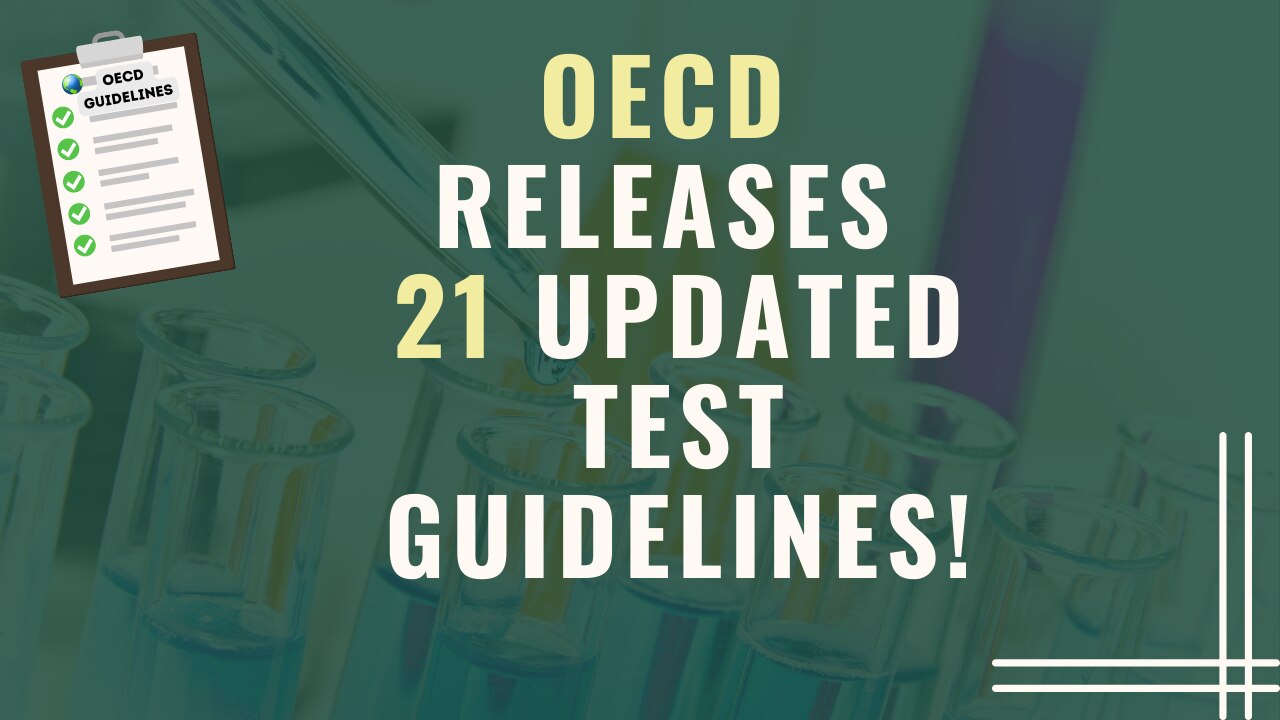The Organisation for Economic Co-operation and Development (OECD) has announced the publication of several significant updates and corrections to its Test Guidelines for chemical safety testing. These guidelines play a crucial role in providing standardized methods for assessing the potential risks associated with various chemicals. The new guidelines aim to enhance the accuracy and reliability of testing procedures, ensuring the protection of human health and the environment.
Among the updates, the OECD introduced two new test guidelines
1.TG 126: This guideline focuses on the determination of the hydrophobicity index for nanomaterials, specifically in the section concerning physical-chemical properties.
2. TG 444A: This guideline pertains to in vitro immunotoxicity in the section on human health, specifically addressing the IL-2 Luc assay.
In addition to the new guidelines, several existing test guidelines have undergone updates to improve their efficacy and relevance. Updated guidelines are
1. TG 218: Sediment-water Chironomid Toxicity Test Using Spiked Sediment.
2. TG 219: Sediment-water Chironomid Toxicity Test Using Spiked Water.
3. TG 240: Medaka Extended One-Generation Reproduction Test.
4. TG 442C: In chemico skin sensitization assays addressing the Adverse Outcome Pathway Key Event on Covalent Binding to Proteins.
5. TG 442E: In Vitro Skin Sensitization Assays Addressing the Adverse Outcome Pathway Key Event on Activation of Dendritic cells.
Furthermore, several Test Guidelines have been corrected or clarified to address any potential ambiguities or errors. The updated guidelines include
1. TG 125: Testing of Chemicals Particle Size and Particle Size Distribution of Nanomaterials
2. TG 316: Phototransformation of Chemicals in Water – Direct Photolysis
3. TG 405: In Vivo Eye Irritation/Serious Eye Damage
6. TG 456: H295R Steroidogenesis Assay.
7. TG 458: Androgen receptor transactivation (ARTA) test guideline of similar in vitro methods.
8. TG 460: Fluorescein Leakage Test Method For Identifying Ocular Corrosives And Severe Irritants.
9. TG 487: In Vitro Mammalian Cell Micronucleus Test.
10.TG 491: Short Time Exposure In Vitro Test Method For Eye Hazard Potential
13.TG 497: Defined Approaches for Skin Sensitisation.
14.TG 498: In vitro Phototoxicity: Reconstructed Human Epidermis Phototoxicity test method.
In addition to the updated and corrected guidelines, the OECD has also released Initial Recommendations on the Evaluation of Data from the Developmental Neurotoxicity (DNT) In Vitro Testing Battery. This significant development aims to improve the assessment of chemicals’ potential impact on the development of the nervous system.
The OECD has emphasized the need for urgent mobilization of national and regional resources to support the validation of new methods for the safety testing of chemicals. By continually improving and updating the Test Guidelines, the OECD strives to enhance the accuracy, reliability, and efficiency of chemical safety assessments, ultimately promoting the well-being of both humans and the environment.
Here is a link where you can download the guidelines:
https://www.oecd.org/chemicalsafety/testing/oecdguidelinesforthetestingofchemicals.htm









